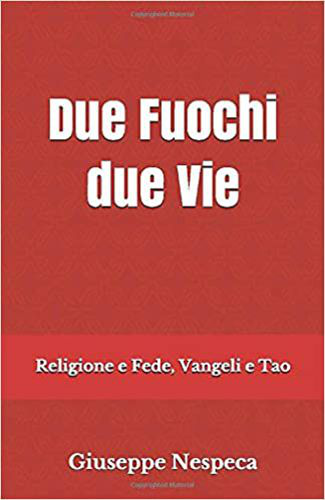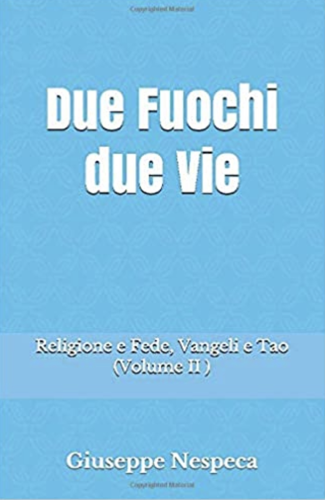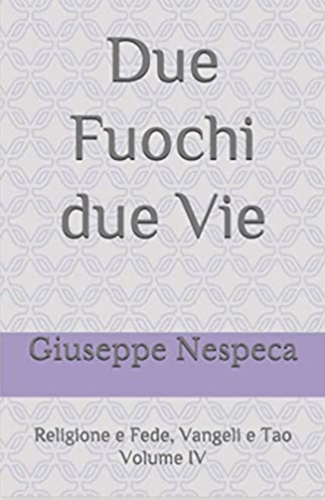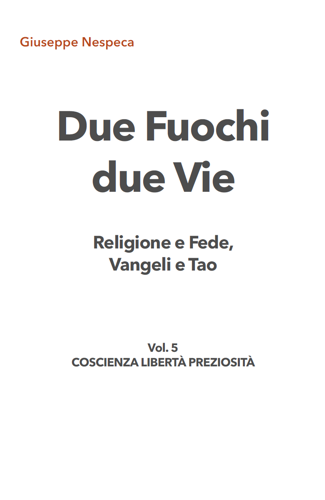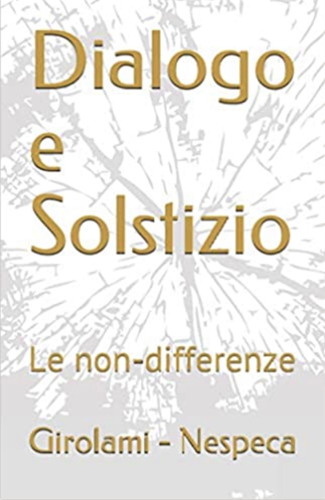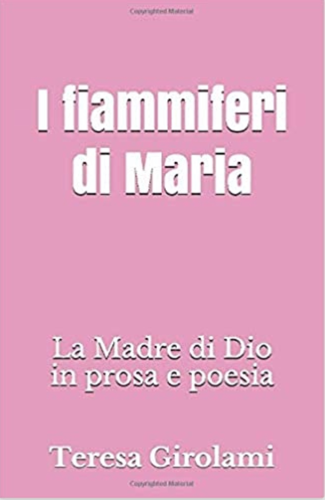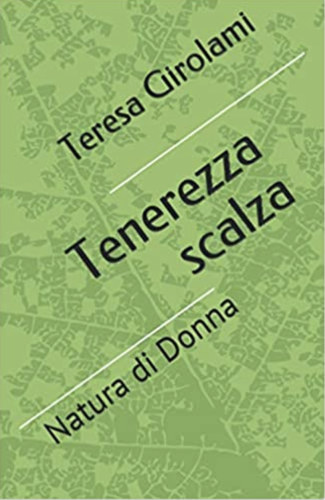(Mt 13:31-35)
Jesus helps people to discover the things of God and man in everyday life.
The Master teaches that the extraordinary of the eternal world is hidden in ordinary things: life itself is a transparency of the Mystery.
He reveals the Kingdom becoming Present, describing precisely the essential characteristics of the community of disciples - and using here the simple comparisons of the «mustard seed» and the «leaven».
To say: the authentic Church is within reach of everyone, everywhere - nonetheless exiguous; inapparent, yet intimately dynamic.
In it, we experience a contrast between beginnings and term: we experience the Kingdom 'within' each one that welcomes the character of an inapparent Word-event, but one that activates transformative and hospitable capacities.
The first term of comparison related to the life of the people [the little seed] mentions the story of a very small grain: a common concrete event, which is not very noticeable.
Around the Lake of Galilee, mustard shrubs can reach a maximum height of 3 metres, no more.
It is not the same development as the majestic cedars of Lebanon - rather of just any small tree in the kitchen garden (v.32), however, capable of giving a little refreshment to the birds that take refuge there.
It indicates a presence of little fuss: quite normal, mixed in with aubergines, courgettes and cucumbers...
Nothing big, yet hospitable to those suffering from the powerful heat of those places.
In short, the fraternities that the Lord dreams of will have nothing magnificent and outward, but they will know how to give shelter and rest.
The strength of the «mustard speck» is intimate, yet strong-willed: it will grow - though not by much.
That is, the authentic Church should not resemble a majestic ocean liner.
Maybe it will be more like a small barque: no big deal - yet it will raise hopes of life.
It will do so through the discreet witness of amiable evangelisers, who still proclaim and work, radiating light, captivating people.
Whoever approaches the threshold of the churches - the reference is to the distant and pagan - must feel at ease, at home.
Even the 'wanderers' will be fully entitled to take up their position and build their nest [in such a common Abode] even if they then decide to take flight again as soon as they have used it.
The next comparison - of the «leaven» (v.33) - insists on caring for the life goals of other brethren, with respect to the Community of believers.
In this way, it is called to be a sign of the Father's concern for all his sons.
The leaven is not useful to itself, but to the mass.
Likewise, the Church shall not serve itself; it will not be concerned with its own celebration and development [material, or with a view to proselytism; and so on].
Every Fraternity in Christ is a function of people's lives alone, where and how they are - just as they are.
To internalize and live the message:
What seed had you neglected because of its smallness, and then it turned out to be essential for your growth and the needs of others as well?
[Lunedì 17.a sett. T.O. 28 luglio 2025]





